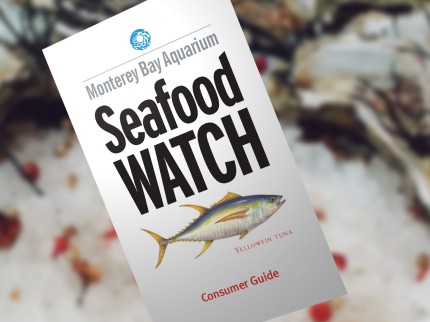Conservation is at the core of the modern zoo and aquarium. They rehabilitate oiled penguins in South Africa, breed and release black-footed ferrets to the great plains of North America, and actively help researchers study wild populations of rhinoceroses in Southeast Asia, among SO MANY other amazing efforts that benefit wildlife.
Zoos also play an instrumental role in reminding those of us who are not avian, mustelid, or ungulate keepers that we still play a big part in conservation.
So, let’s start the New Year off right by making an impact at home!
Switch from Plastic Bags to Reusable Ones
According to the Earth Policy Institute, roughly two million single-use plastic bags are used per minute worldwide. Unfortunately, as many of these bags make their way to ocean shores and other waterways, animals ingest them or become entangled. Some estimate that nearly a million seabirds and one hundred thousand other marine animals like sea turtles, porpoises, and seals die every year from these discarded bags. In fact, members of more than 260 species have directly suffered as a result.
This year, when you’re asked at a grocery store, “Are plastic bags okay?” have reusable bags ready.
You can purchase these reusable bags fairly cheap and choose from a variety of styles from EcoBags or support small businesses and creativity by choosing Etsy. You can even create your own bags using photos of your kids, your favorite vacation spot, or, if you’re like me, your favorite animal using Walgreen’s Photo Center.
If the average American family consumes around sixty plastic bags after just four grocery trips, then in roughly one year, you’ll have saved nearly a thousand plastic bags!
Say “No” to Straws
Plastic straws are small enough to swallow and can become wedged in animals throats. Other times, they are fully ingested, but, once in the stomach, not digestible. And, as you can see in the video above, they can cause other injuries and discomfort by becoming lodged in other areas of an animal’s body.
An estimated five hundred million plastic straws are used in the United States every day. That means, every day, we could line up those straws end to end and circle earth two and a half times! That’s sixty two thousand two hundred fifty two and a half miles!
Because they’re a single-use plastic, each ends up being discarded at the end of the day. In fact, ninety percent of ocean pollution is made of plastic and straws rank in the top ten marine debris items.
So, while we expect straws to be delivered to us every time we order a drink, they’re not necessary. This year, politely tell your waiter or barista “No straw, please” when ordering. If you’re someone who really likes to have a straw while enjoying your peach smoothie (yum!), you can buy and use metal (my personal choice), bamboo, or paper straws. All of which are better for the environment than the plastic version.
Eat Sustainable Seafood
You know that phrase, “there are plenty of fish in the sea”? Well, it actually depends on the type of fish.
Nearly 70% of fish species are fully-fished or over-fished and some fish species struggle to repopulate in a way that keeps up with human demand. In other cases, humans consume the same fish that ocean predators like sea lions, sharks, or killer whales need in order to survive which leads to displaced and/or starving individuals.
Choosing to eat seafood from sustainable sources benefits the ocean ecosystem as a whole because sustainable fisheries provide fish from species that replenish their populations quickly and do their best to limit the impacts on wild species populations and ecosystems.

Photo Credit: seafoodwatch.org
The best way to get in a habit of choosing sustainable seafood is by downloading the Monterey Bay Aquarium app called Seafood Watch which can give you easy access to information about good choices, best choices, and choices that you should avoid altogether.
As new information on the species’ populations become available, the app updates so that you’re always making decisions based on the most current information. When ordering at a restaurant or doing your own shopping, use the app to understand which choices are most beneficial for the oceans’ well-being.
Stick With It
Join zoos and aquariums in the fight to make the world a better place. There will be days that your impact will seem small, but it matter. Your commitment means one less bag floating on the sea, one less straw in a bird’s stomach, and one more chance to contribute to ocean health.
Don’t forget to share your success and dedication with others and encourage them to do the same because as Ryunosuke Satoro said, “Individually, we are one drop. Together, we are an ocean.”
